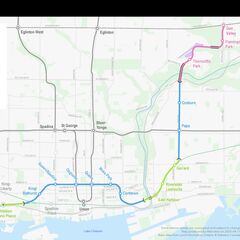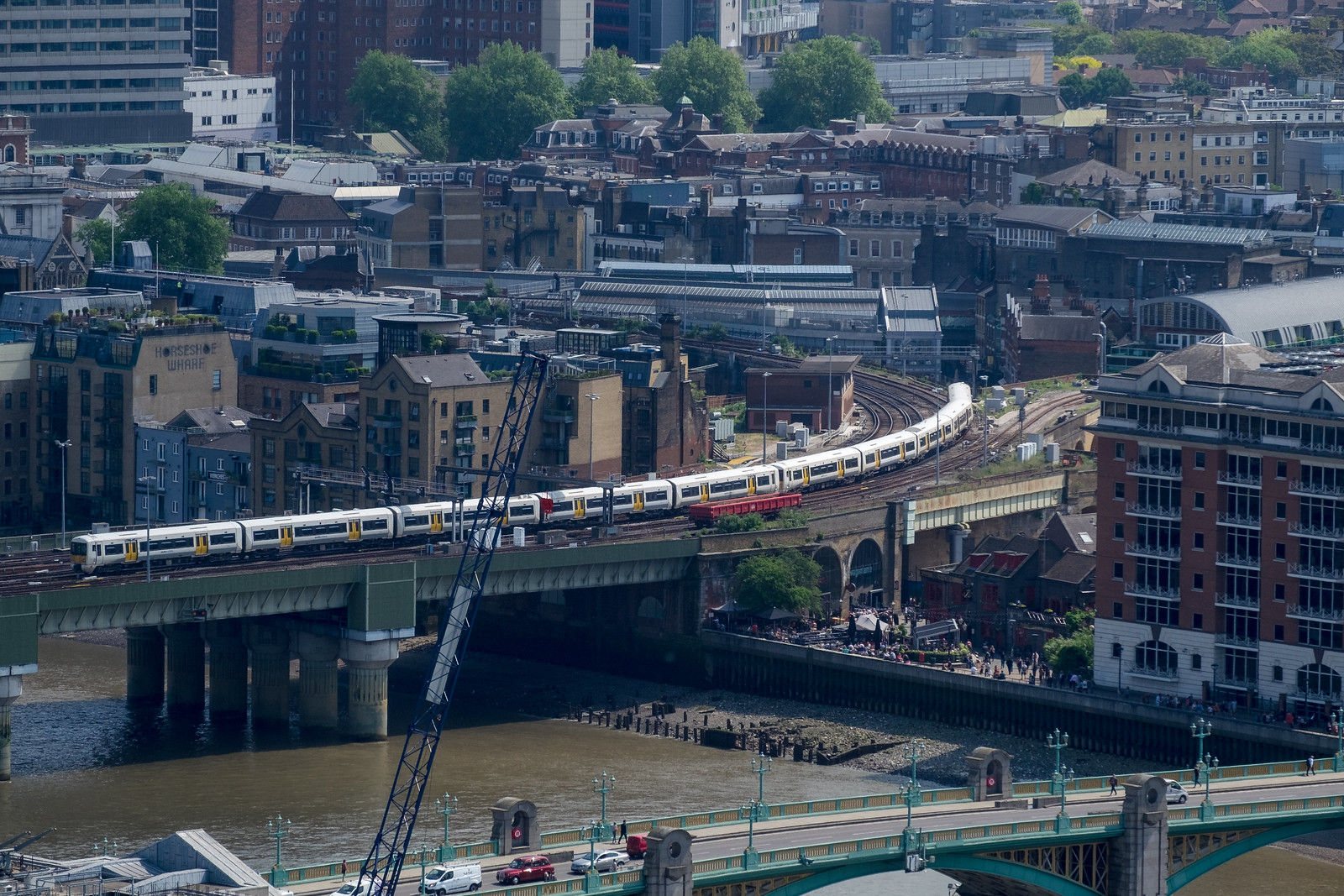Indeed, two lines are much better for redundancy, and thus for the reliability. The problem in our context is that the 2-nd line will be a lot harder to fund.
This is exactly my concern. It's not by choice I believe "build it big so it doesn't have to be revisited in a generation". It's by necessity. And also the attractiveness of a private investment entity to look at the proposal, realize 'we can build that, but do it even bigger and host RER and VIA HFR too'. Even if it is 'metro' sized, Systra is working with VIA Rail to allow HFR sharing with REM:
https://www.systracanada.com/en-pro...e-hfr-via-trains-on-montreal-s-reseau-express. This is done in Europe. (Holland, Belgium, Germany, France etc, etc)
Looking at
@Toronto1 's excellent map, I've tried to trace the string that was from, no luck, where can I find more? (Edit to Add: Some here:
https://urbantoronto.ca/forum/search/117767/?q=relief+line+north&c[users]=Toronto1&o=date ) What is immediately notable to me besides some interesting choices for routing and bridges, is that all valleys are crossed with bridging, all else is tunnelled. This is worth far more discussion in itself, as if stations are still able to be built within a reasonable budget (deep tunnel *usually* makes for more expensive stations, but not always if done within the tunnel portals) then a more direct routing, and the ability to soften curves to doing it, are enabled by the deep tunnel. It goes under obstructions, far less surface clearing will be necessary, let alone having to follow roads.
But we are far from that. No matter what, Yonge will always be the backbone of the system, and the other lines will never need the same capacity.
I think presuming Yonge remaining the 'spine' of the system for N-S is a mistake. The cost of upgrading the creaking spine to handle the increase is far better spent on alternatives.
For the life of me, and maybe I'm spoiled from time in other nations' capital cities, I can't see why anyone would want to ride on a slow, many stopped subway line when far faster, smoother riding and comfortable modes are available. Relief Line could be that alternative, or at least one of them.
Perhaps once Toronto gets a taste of Private Initiative transport it will realize that the ability of low tax government provision (let alone pathetic leadership the last two generations) is severely limited.
Can I believe the Relief Line can be built and built well within the next decade? Yes...privately. By Gov't? No...take a retroactive look as to how Toronto is now a generation or more behind world cities, and the deficit costs for maintaining what we already have is piling up. That the demand is so acute bodes well for Private Initiative to build. The real worry isn't if we get our worth from such 'private' projects. The question is will our governments make decisions in our best interest when overseeing that? I defer from further comment at this time...












